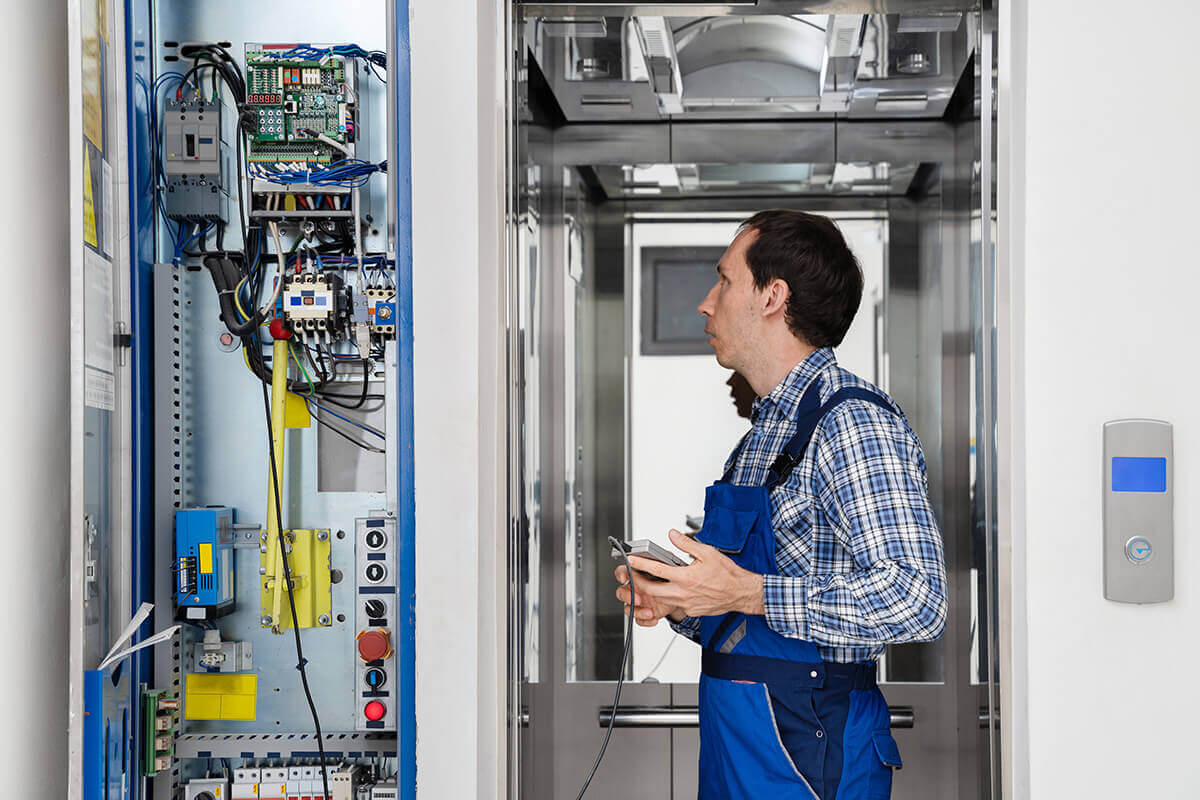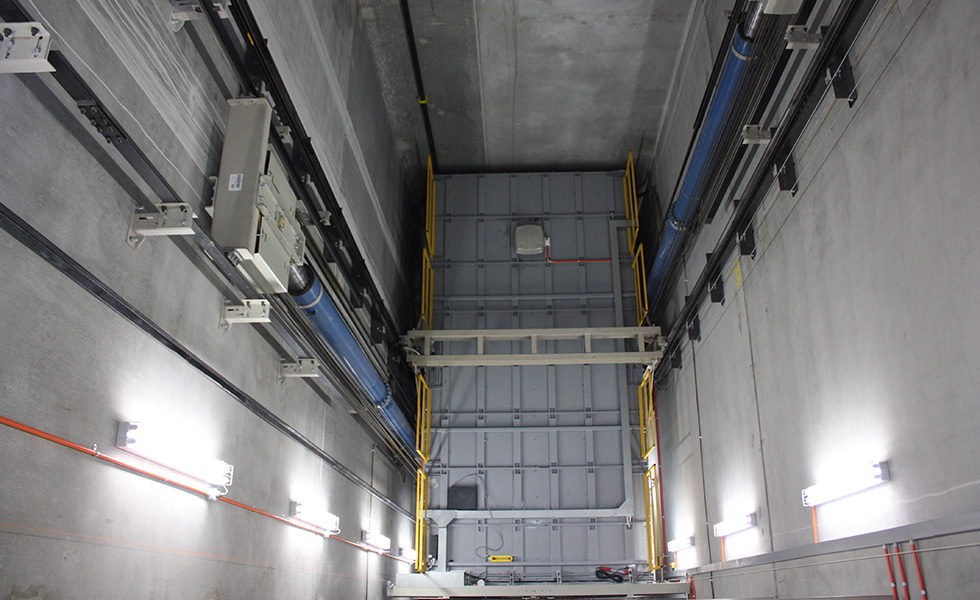Budget Friendly Lift Maintenance Repair: Maintaining Your Lifts Running Smoothly
Wiki Article
Pro Tips for Keeping Your Lift in Top Problem: An Extensive Introduction
Ensuring the optimal performance of a lift system is critical for a reliable and secure procedure in numerous setups, from commercial storage facilities to industrial buildings. By sticking to a structured upkeep regimen and preemptively dealing with potential problems, lift owners can mitigate costly downtime and safety and security hazards.
Relevance of Normal Upkeep
Routine maintenance of your lift is crucial to ensure its optimal efficiency and longevity. By sticking to a routine upkeep routine, you can identify and address potential concerns prior to they intensify right into costly fixings or unforeseen downtime. Routine maintenance jobs such as lubricating moving parts, checking for deterioration, and checking hydraulic systems can assist prevent malfunctions and ensure secure operation.Disregarding routine maintenance not just jeopardizes the efficiency of your lift but also postures security threats to individuals and residential property. Components that are not appropriately preserved may fail unexpectedly, leading to crashes or damage to the lift itself. Furthermore, dealing with concerns beforehand with maintenance can expand the lifespan of your lift and reduce the possibility of significant breakdowns.
In enhancement to enhancing safety and security and efficiency, normal maintenance can additionally conserve you money in the long run. By spending in precautionary maintenance procedures, you can prevent pricey repairs or replacements that may emerge from disregarding the upkeep of your lift. Generally, prioritizing regular upkeep is essential for optimizing the performance and longevity of your lift system.
Leading Parts to Inspect

Additionally, pay close interest to the lift's security functions, such as emergency quit switches, security sensors, and interlocking mechanisms, to ensure they are working appropriately. Frequently inspect the lift shaft for particles or obstructions that could impede the movement of the lift automobile.
Aggressive Fixing Methods
When confronted with prospective lift system problems, adopting proactive fixing methods can considerably improve functional effectiveness and prevent expensive downtime. One of the crucial positive troubleshooting techniques is to routinely monitor and evaluate lift performance information. By tracking metrics such as lift speed, motor temperature, and energy usage, maintenance teams can identify very early signs of potential problems and take corrective actions before they rise. Performing routine visual examinations of vital parts, such as cables, wheels, and safety and security systems, can also assist in finding deterioration or imbalances that can lead to breakdowns. Furthermore, implementing a precautionary maintenance timetable that includes lubrication of moving components, screening of emergency situation brakes, and calibration of sensing units can proactively resolve typical lift system troubles.In addition, investing in training programs for maintenance personnel on fixing strategies specific to the lift model installed can empower them to diagnose and settle concerns quickly. By remaining in advance of potential issues with aggressive helpful hints troubleshooting, lift drivers can guarantee a smoother and extra trustworthy procedure while lessening the threat of unexpected failures.
Vital Lubrication Practices
Executing appropriate lubrication practices is essential for guaranteeing the smooth operation and longevity of lift systems. Routine lubrication helps in reducing friction between relocating components, avoiding wear and tear that can cause costly repair work and downtime. Adhering to a rigorous lubrication schedule is vital. when it comes to lift upkeep.Picking the best lubricant is the primary step in efficient maintenance. Different elements of the lift system might require details kinds of lubes, such as oil or oil. Seek advice from the maker's standards to identify the appropriate lubricants for each and every part.

Frequently examining the condition of lubricated parts is additionally essential. Search for indications of too much wear, contamination, or insufficient lubrication. Attend to any type of problems immediately to stop further damages and ensure the ongoing smooth procedure of your lift system. By prioritizing appropriate lubrication practices, you can prolong the life-span of your lift and enhance its efficiency.
Safety Steps for Lift Operators
In order to keep a risk-free working atmosphere and promote operational efficiency, lift operators should carefully stick to suggested safety protocols, along with prioritizing necessary lubrication techniques for ideal lift efficiency. Security steps for lift operators are vital to stop crashes and guarantee the smooth performance of the lift system.Furthermore, lift drivers must focus on personal protective devices (PPE) such as safety helmets, handwear covers, and safety belt when working at heights or managing hefty lots. Clear interaction among operators, upkeep service technicians, and various other workers is important to protect against misconceptions that might cause mishaps. Last but not least, operators ought to remain vigilant, focused, and stay clear of distractions while operating the lift to ensure the security of themselves and others around.
Verdict
To conclude, preserving a lift in top problem is essential for making certain security and efficiency in procedures. Normal upkeep, thorough inspections of essential elements, aggressive troubleshooting, appropriate lubrication practices, and adherence to safety actions are necessary for prolonging the lifespan of the lift and stopping accidents. By following these standards, lift drivers can guarantee the ongoing functionality and safety and security of their equipment.By sticking to a structured maintenance regimen and preemptively resolving prospective problems, lift owners can mitigate pricey downtime and security threats. Consistently evaluate the lift shaft for particles or obstructions that her comment is here could impede the activity of the lift cars and truck.In order to maintain a risk-free working atmosphere and support operational effectiveness, lift drivers need to rigorously adhere to suggested safety methods, together with prioritizing necessary lubrication methods for additional info optimal lift performance. Security actions for lift operators are important to stop crashes and make sure the smooth functioning of the lift system. Routine upkeep, thorough assessments of key parts, proactive troubleshooting, proper lubrication techniques, and adherence to safety and security steps are essential for extending the life-span of the lift and preventing crashes.
Report this wiki page